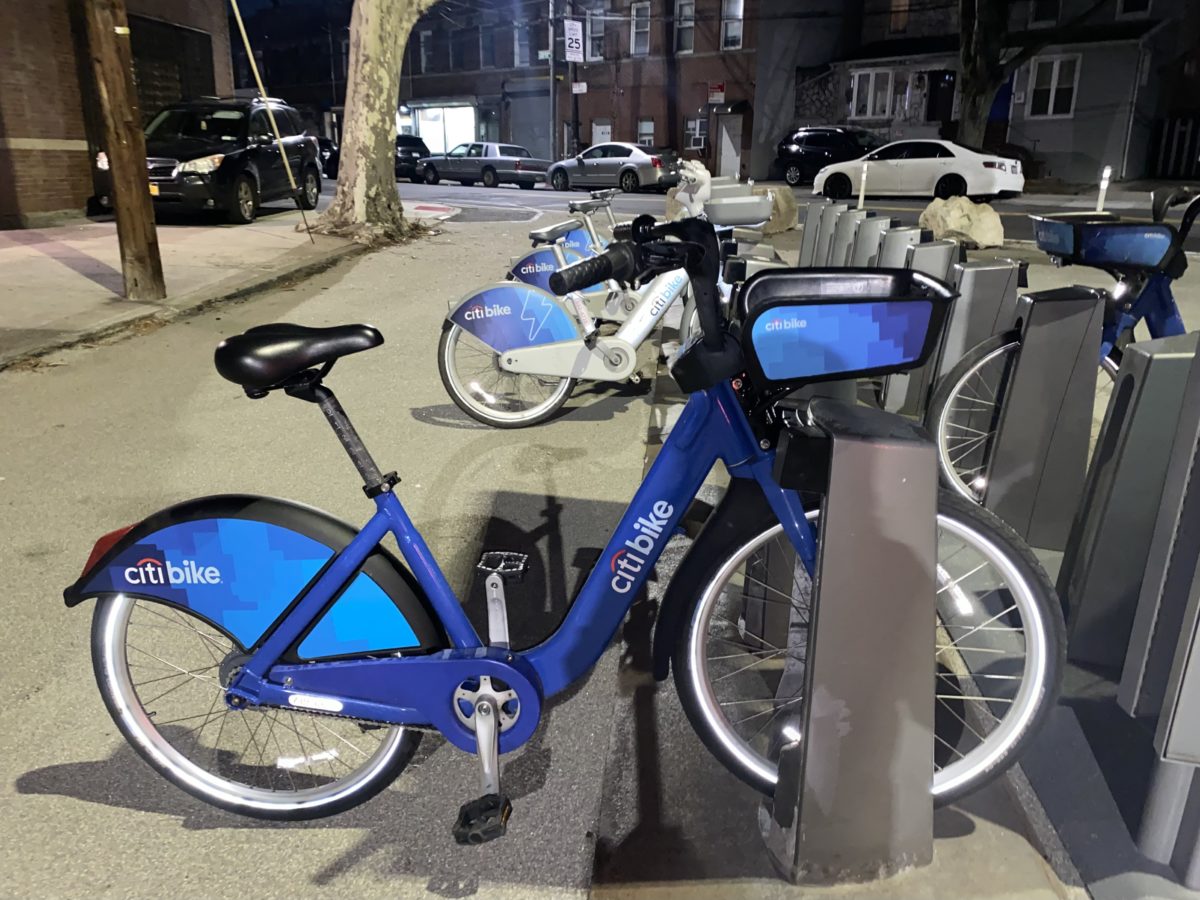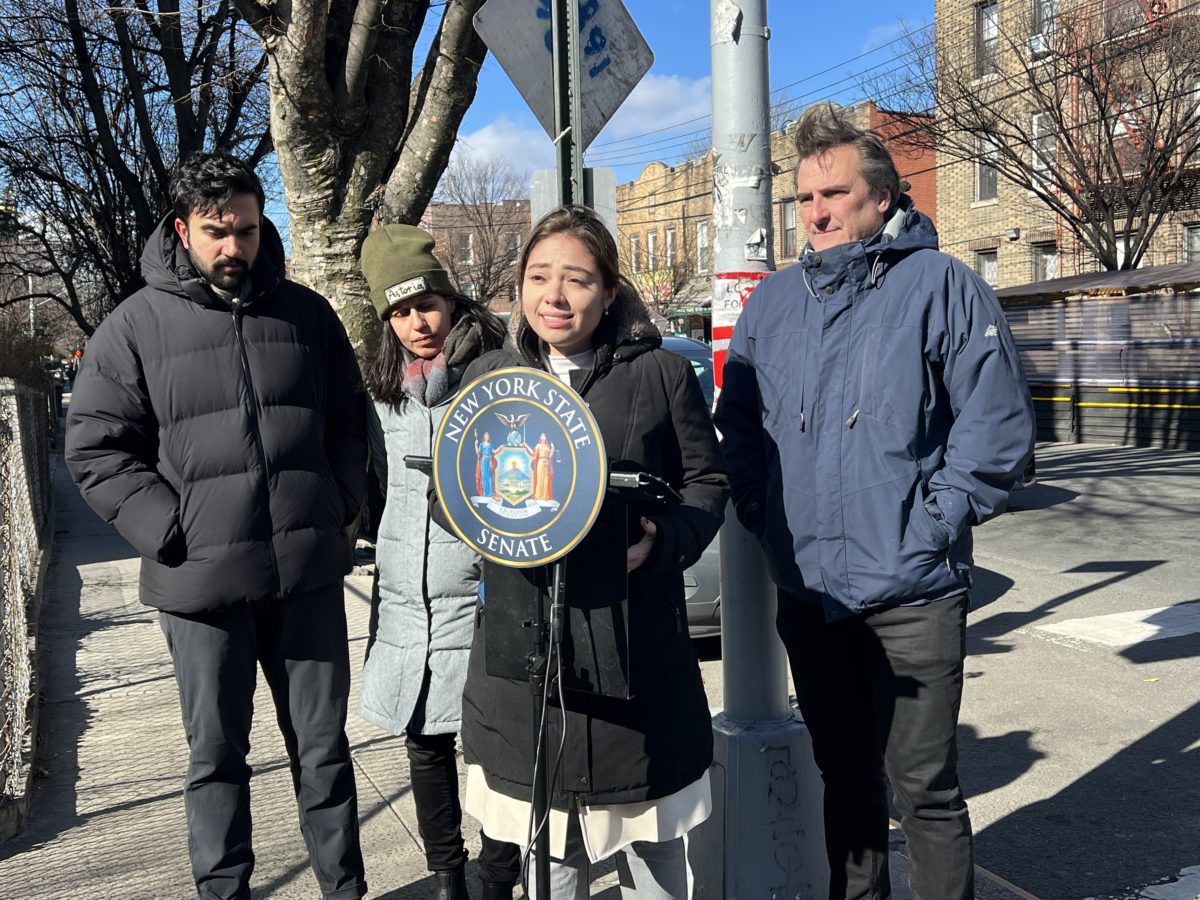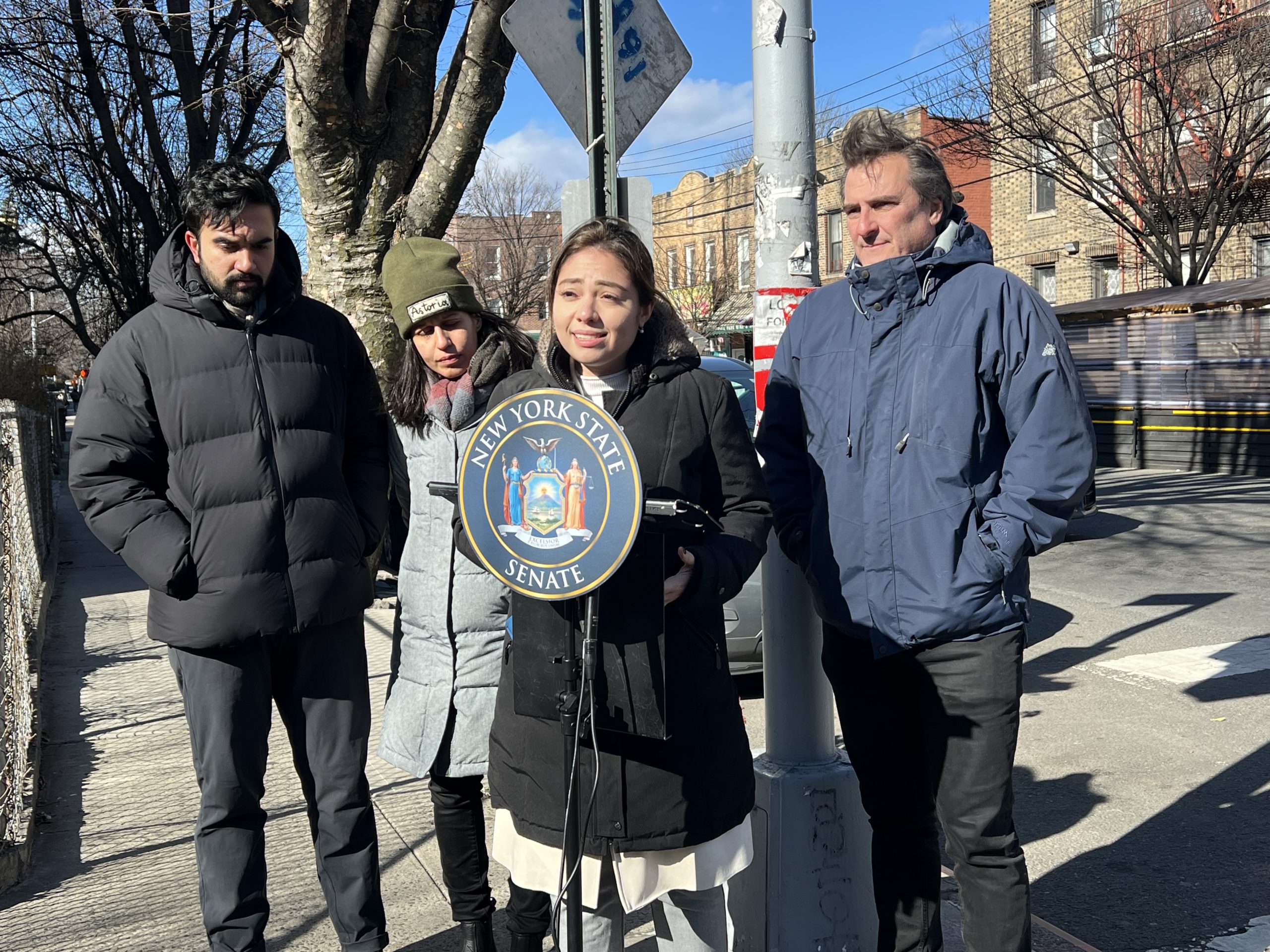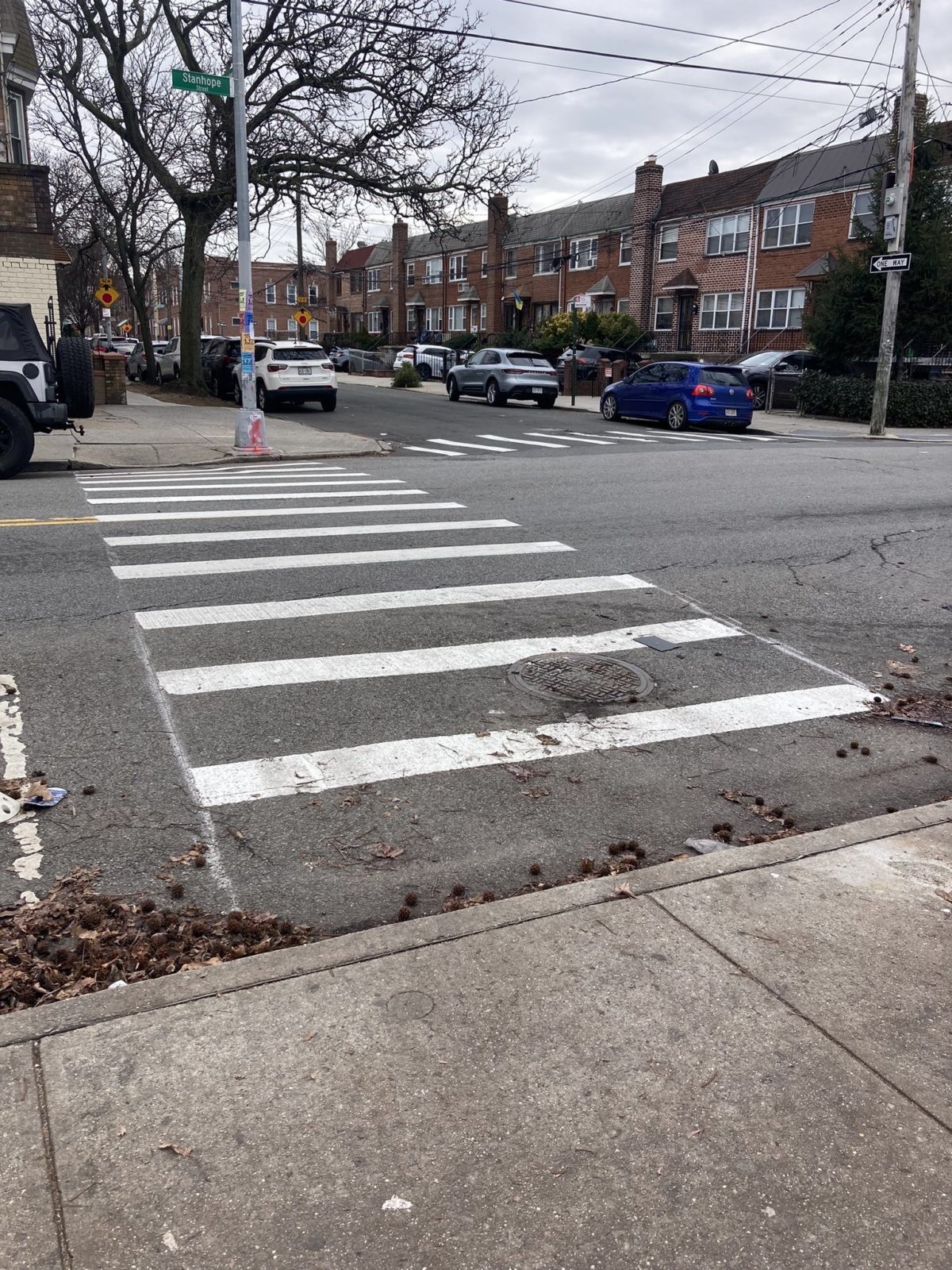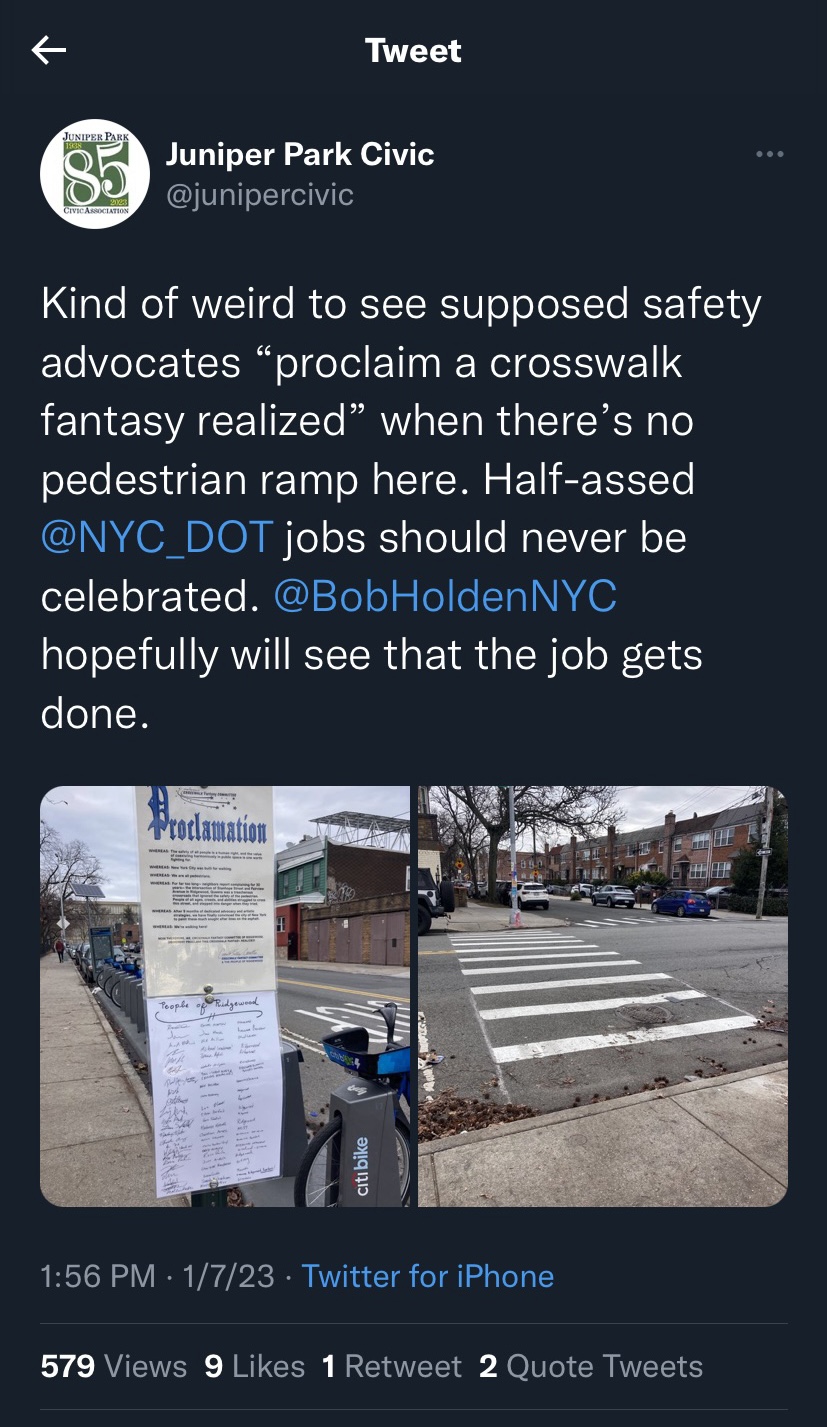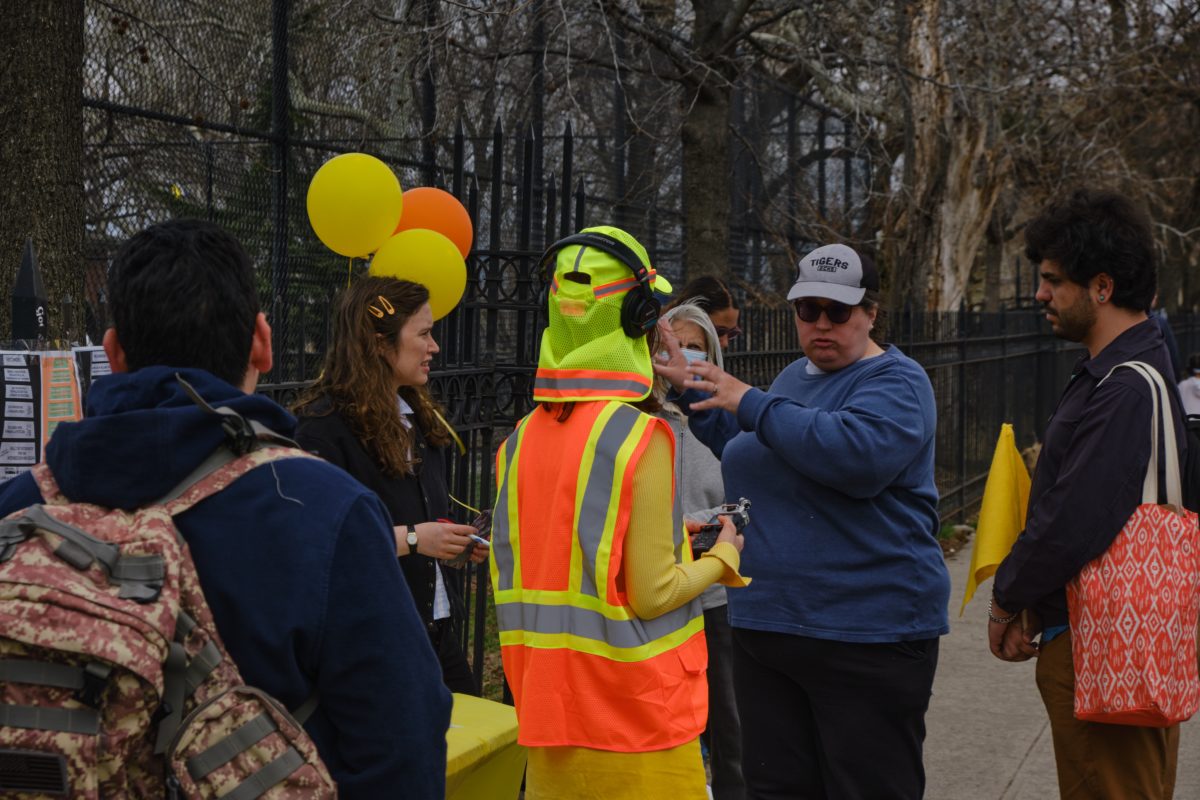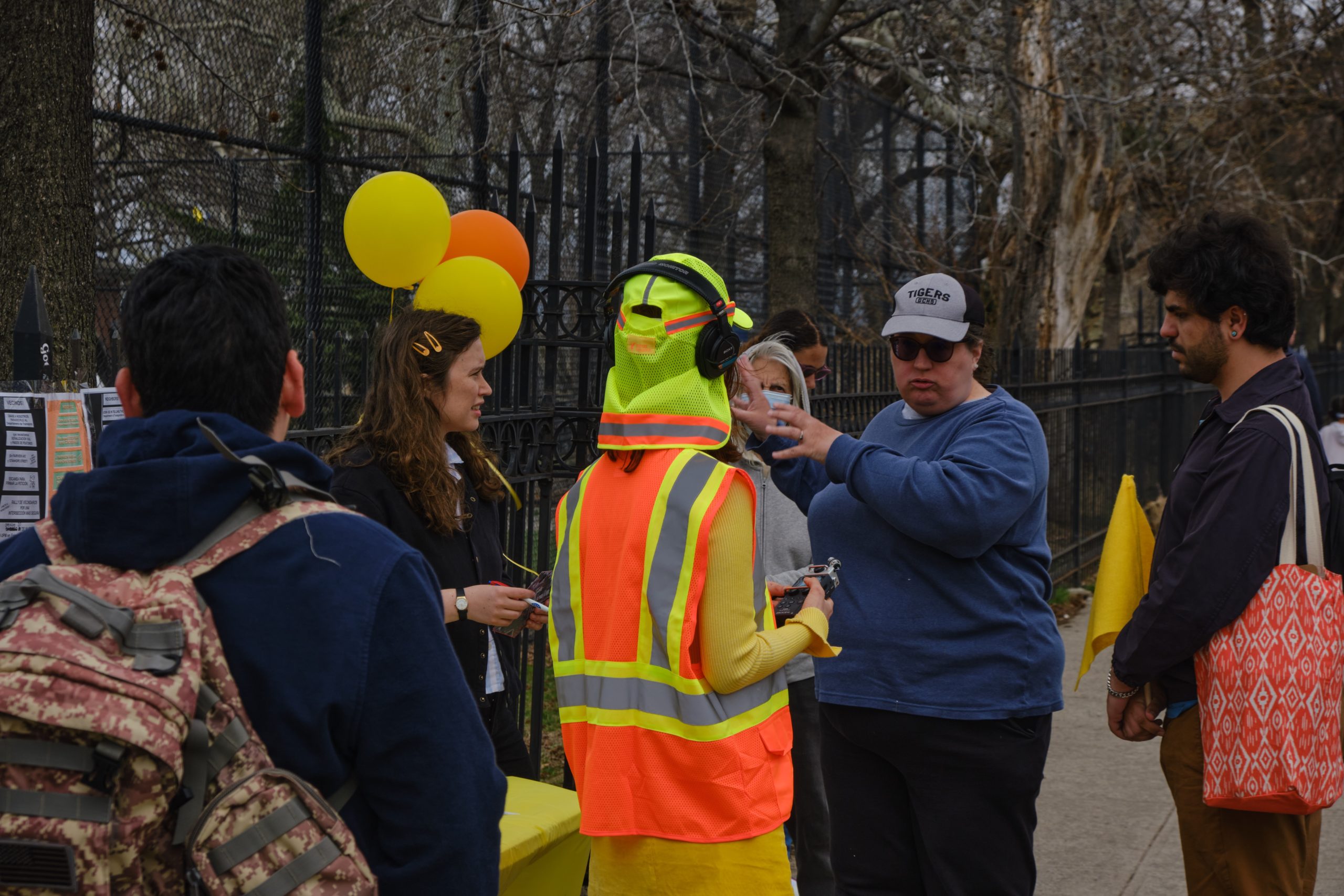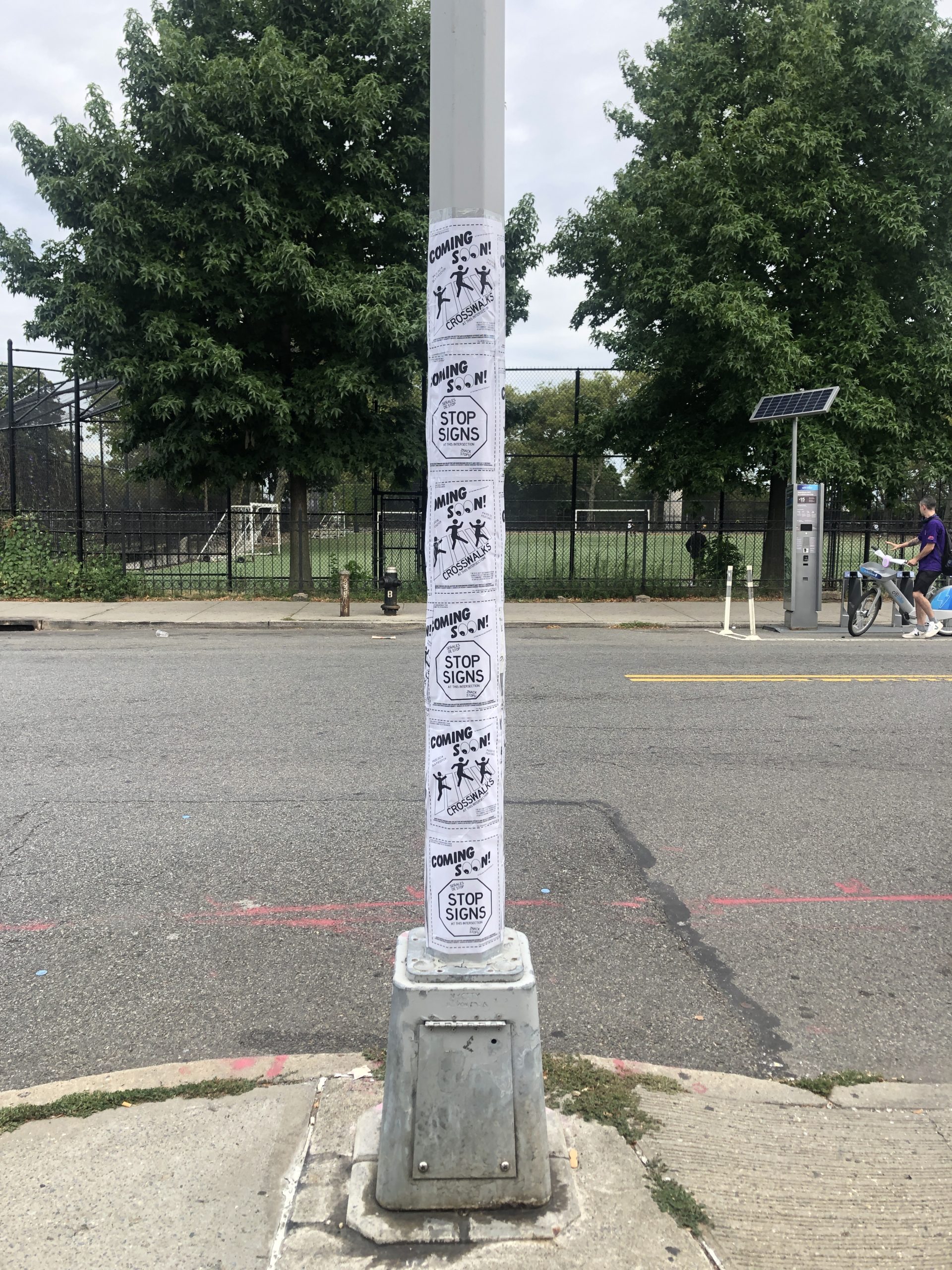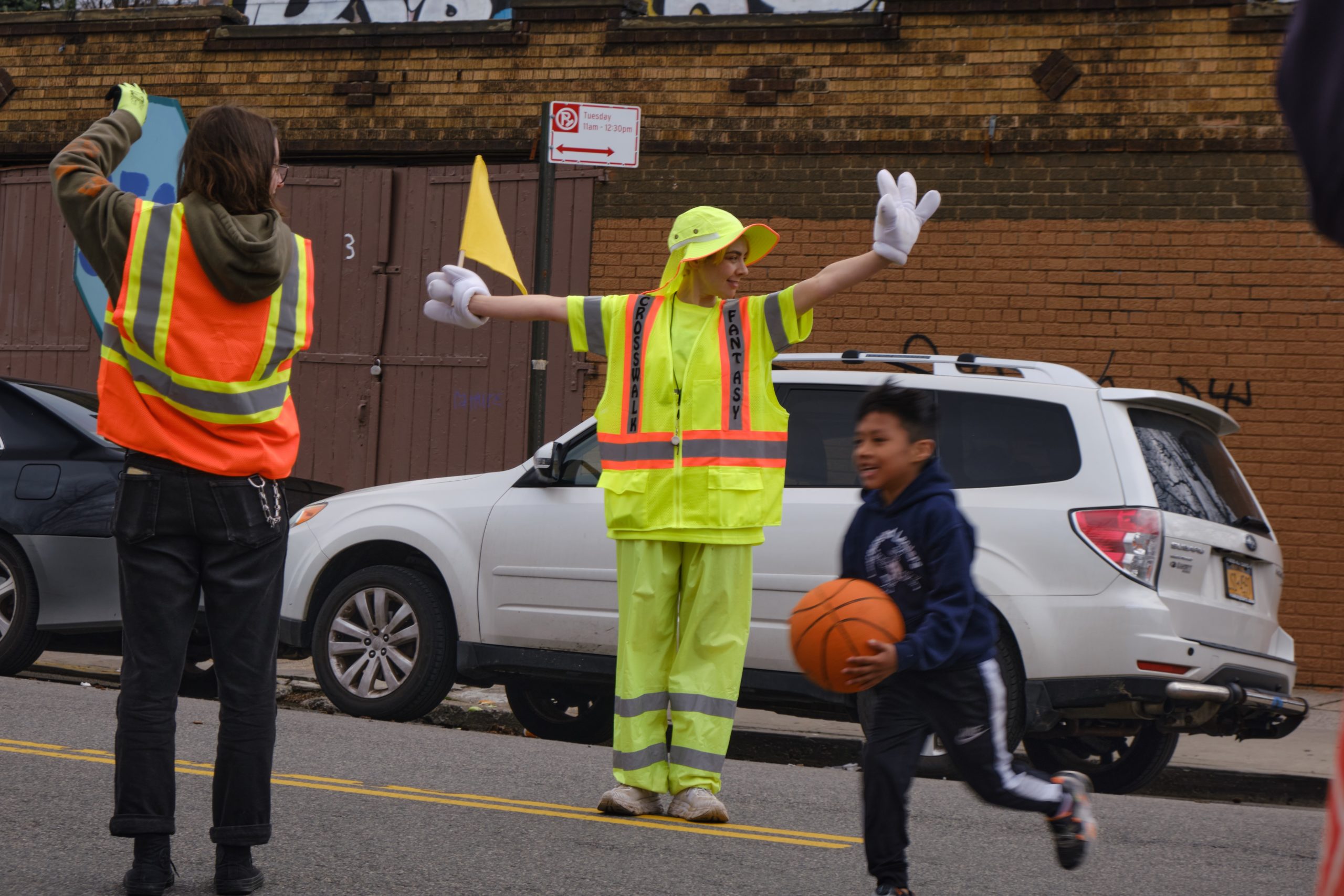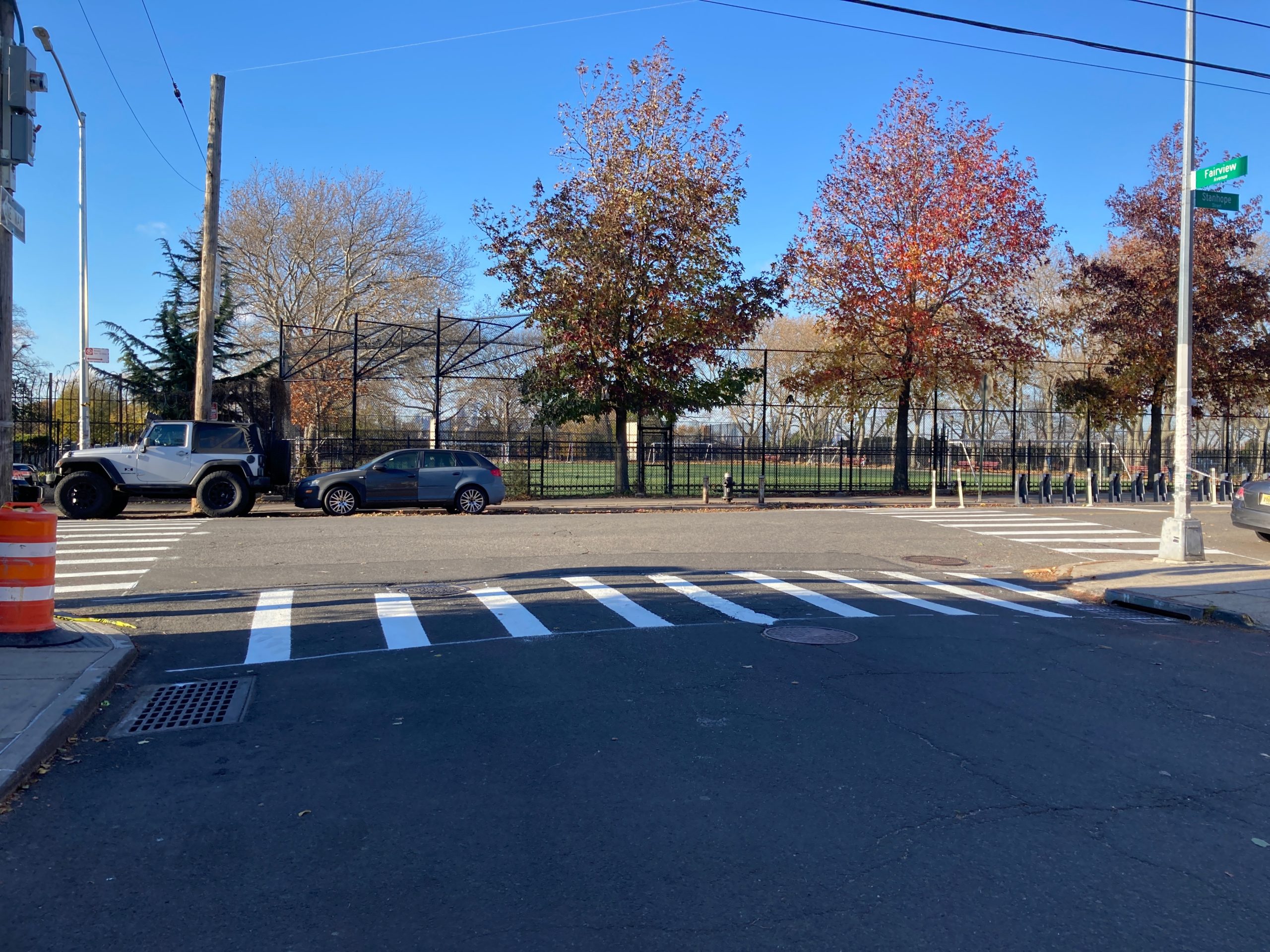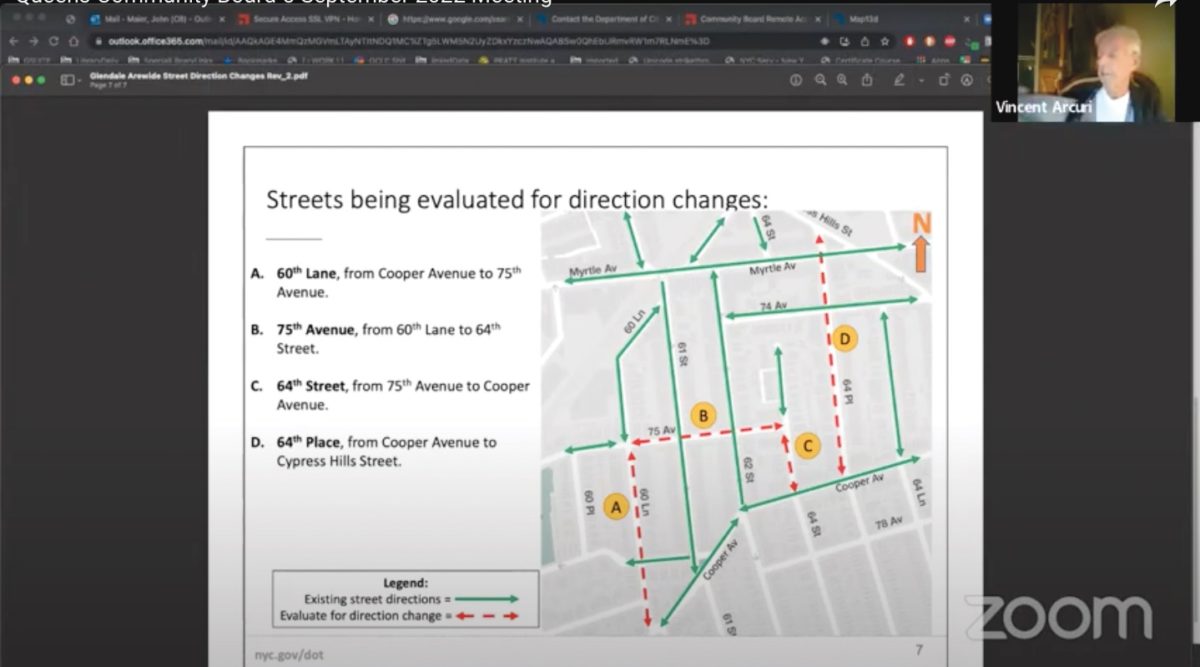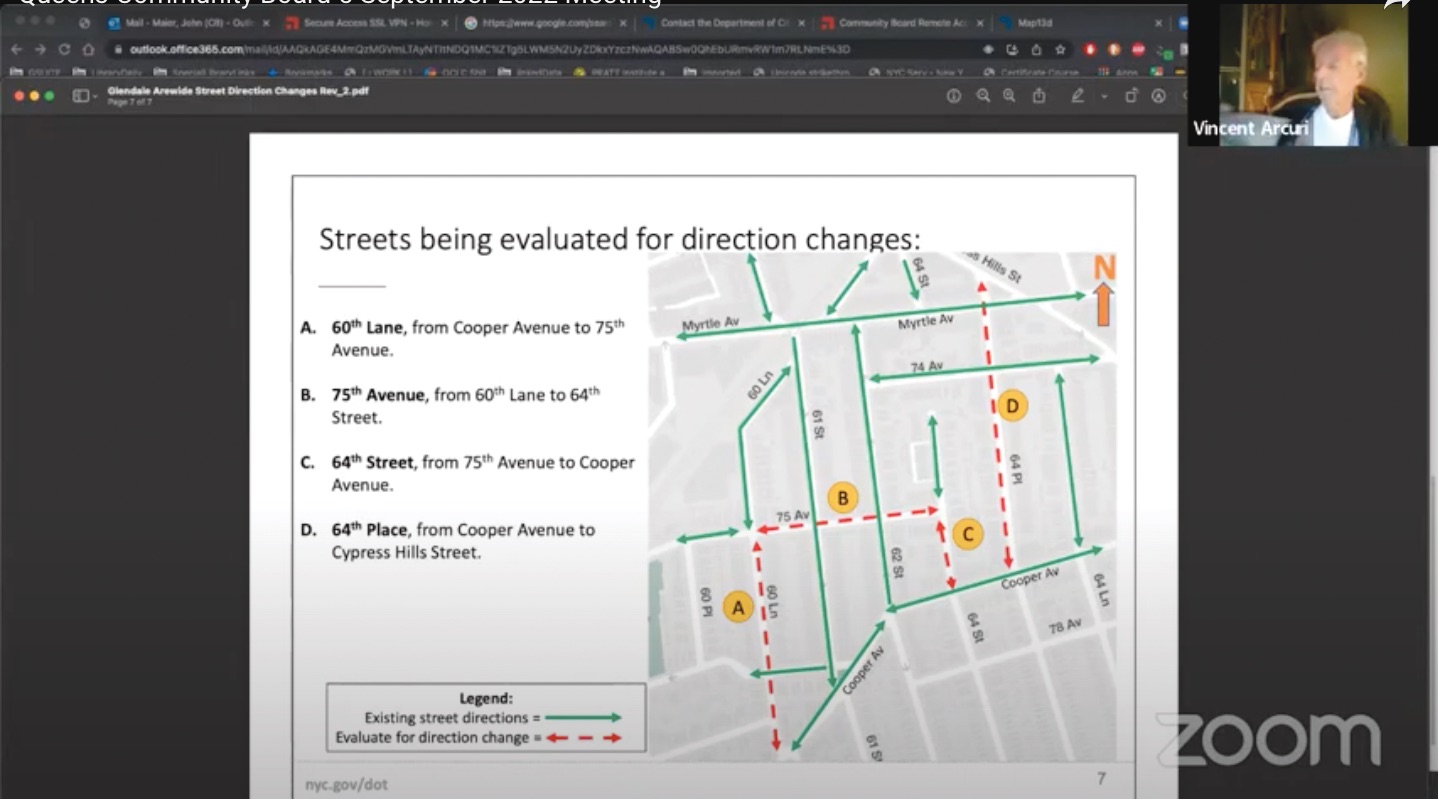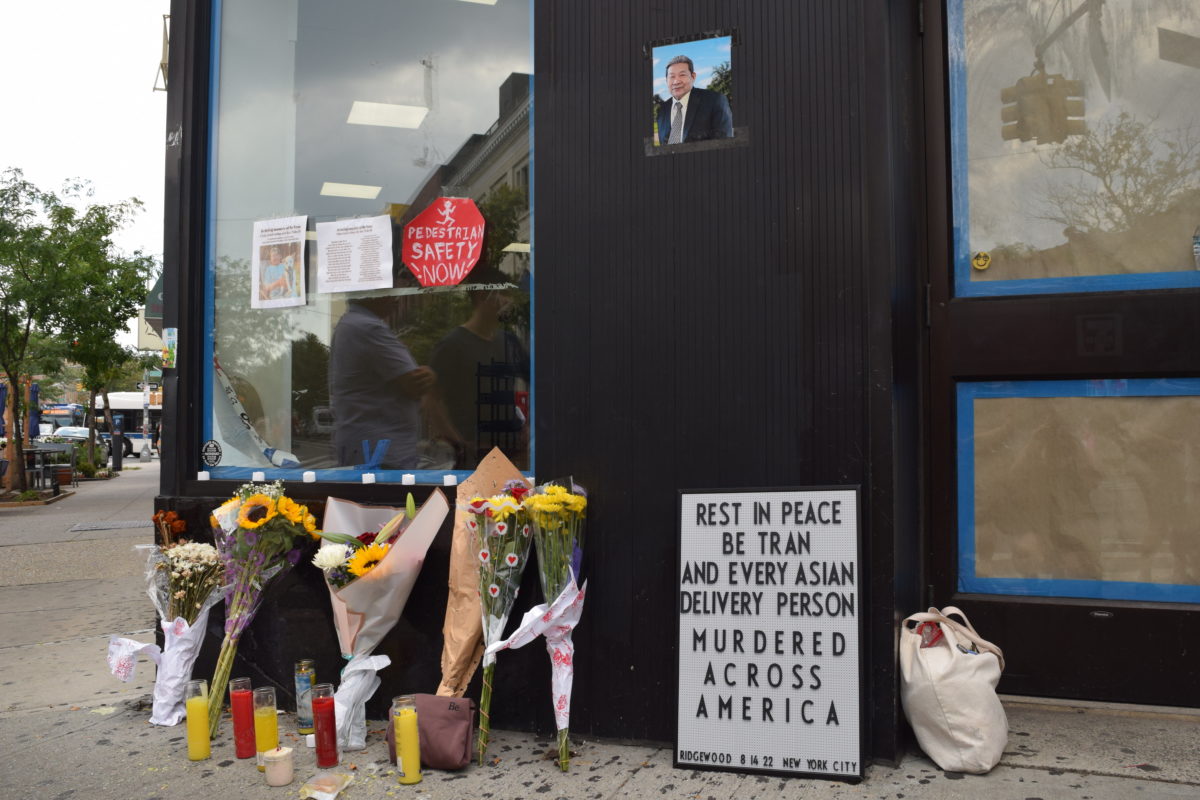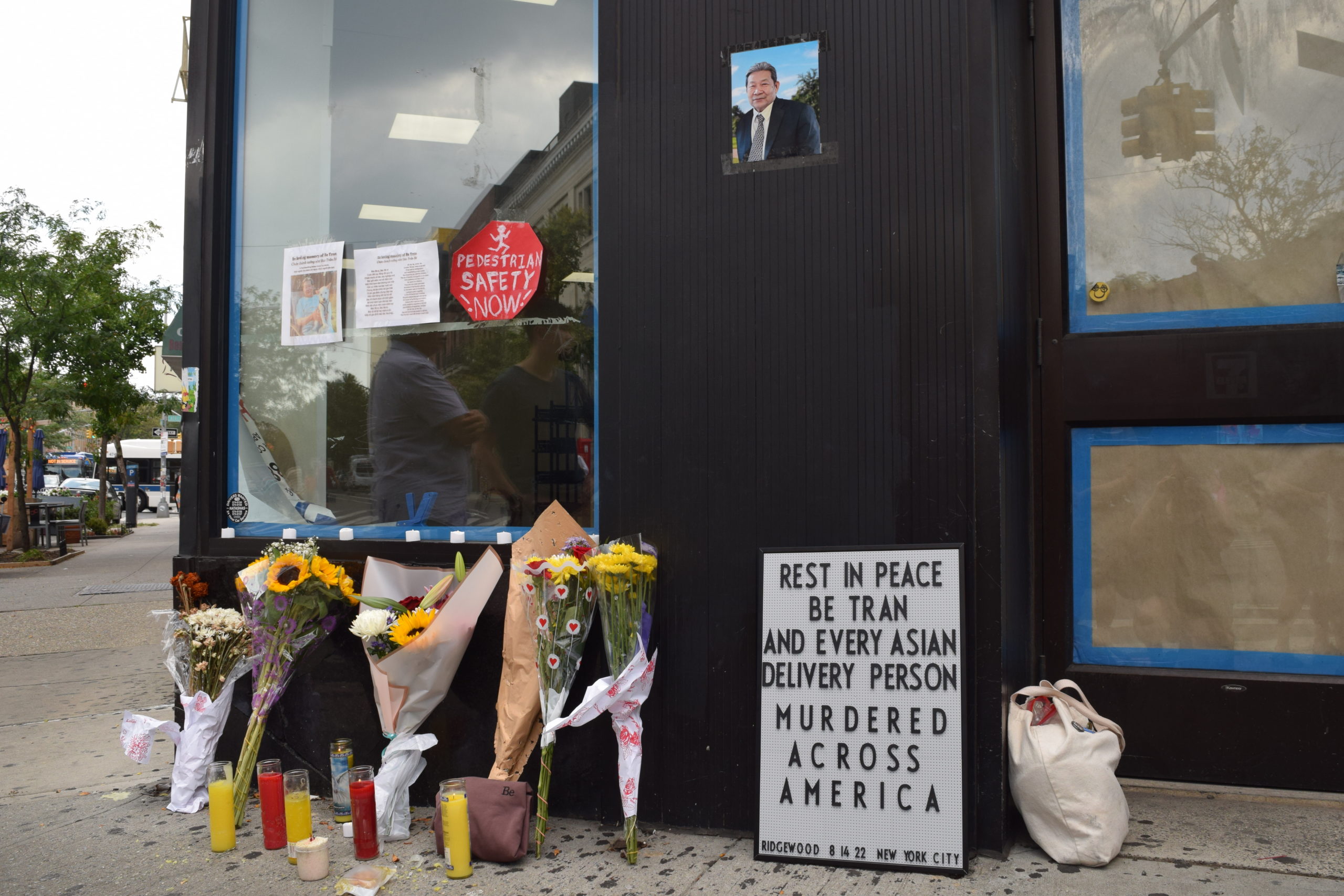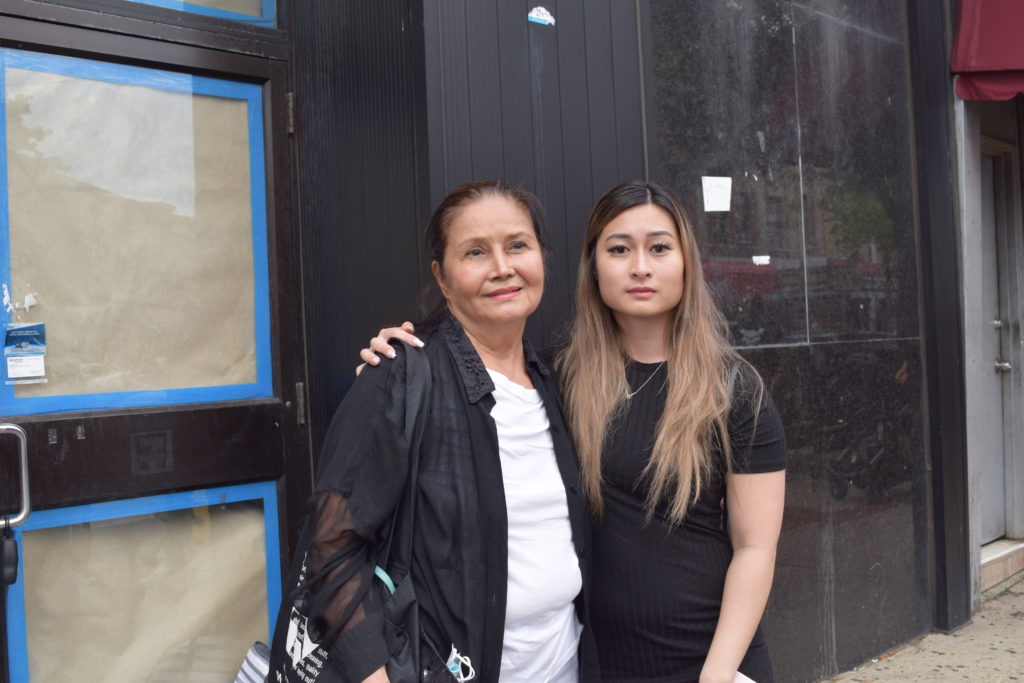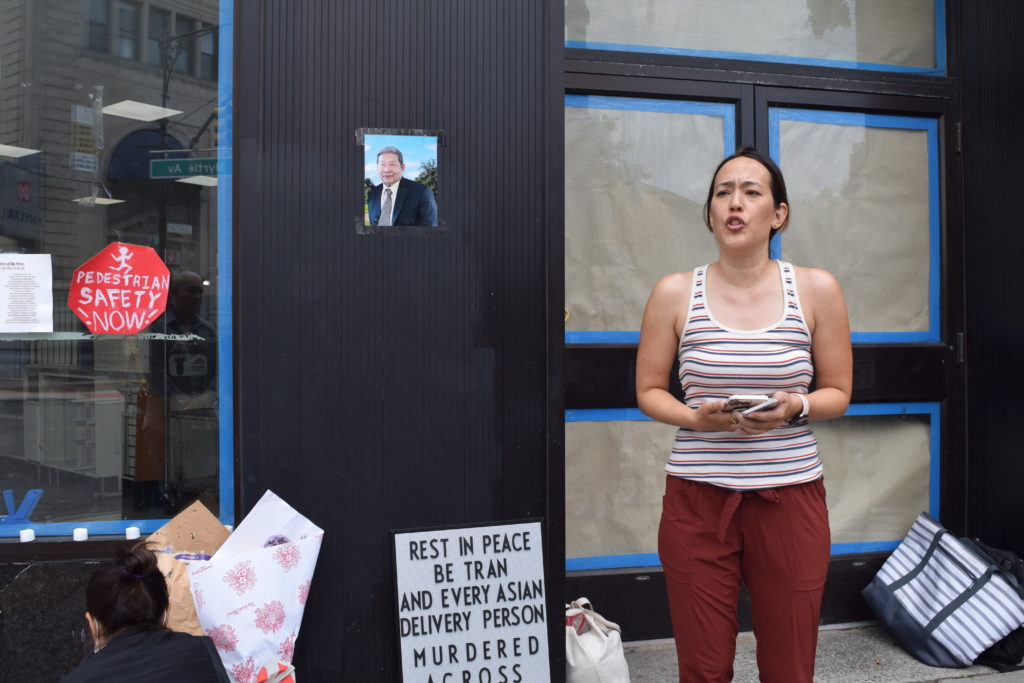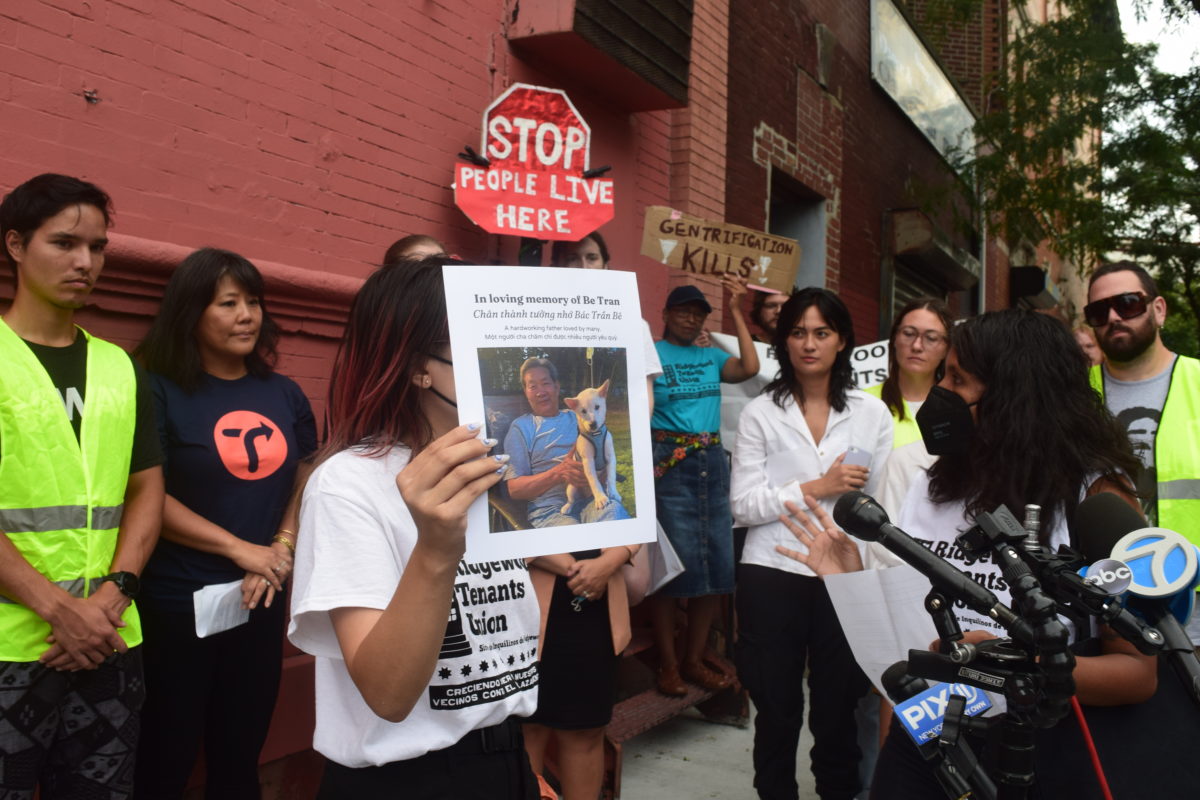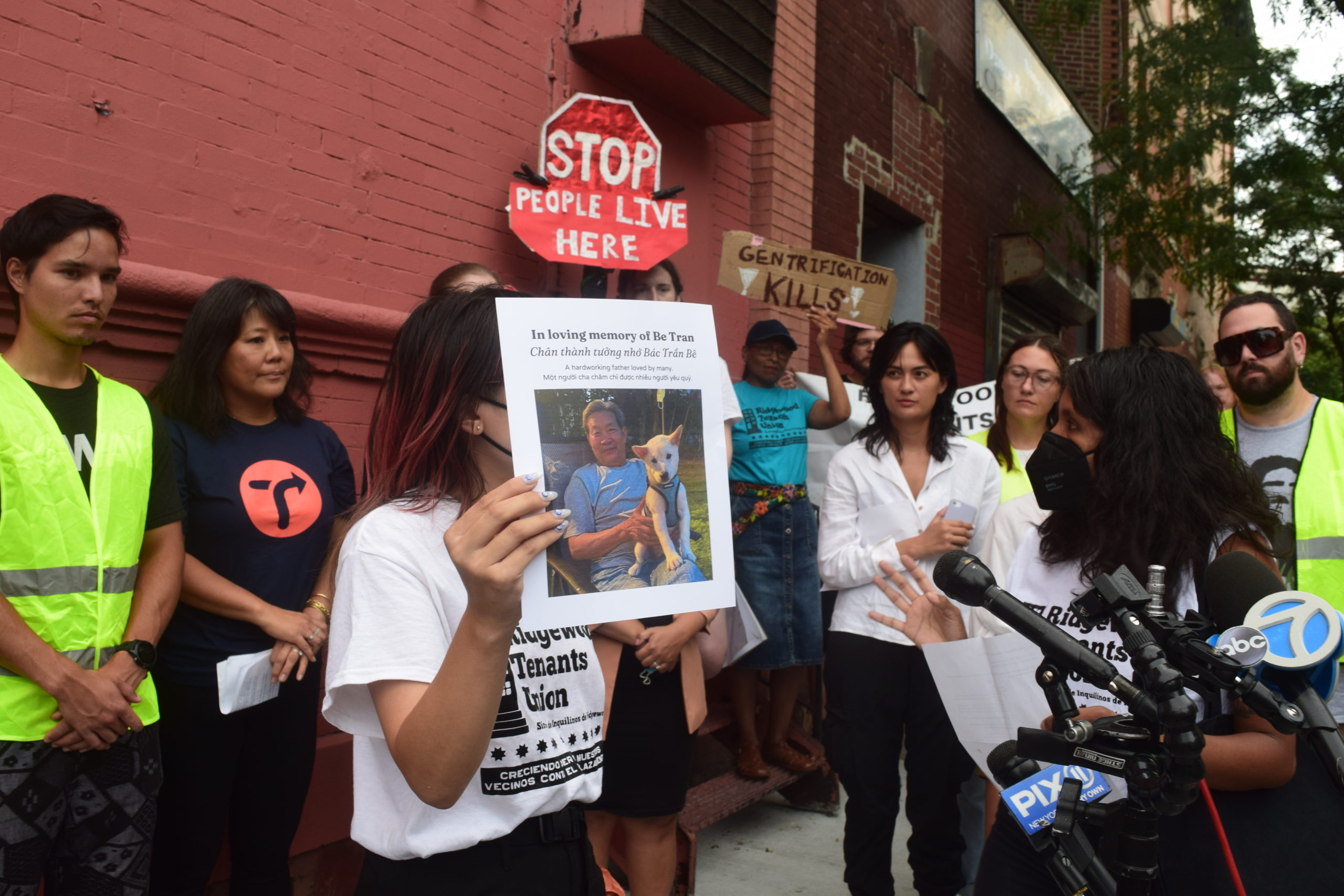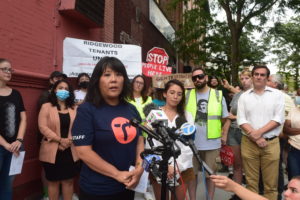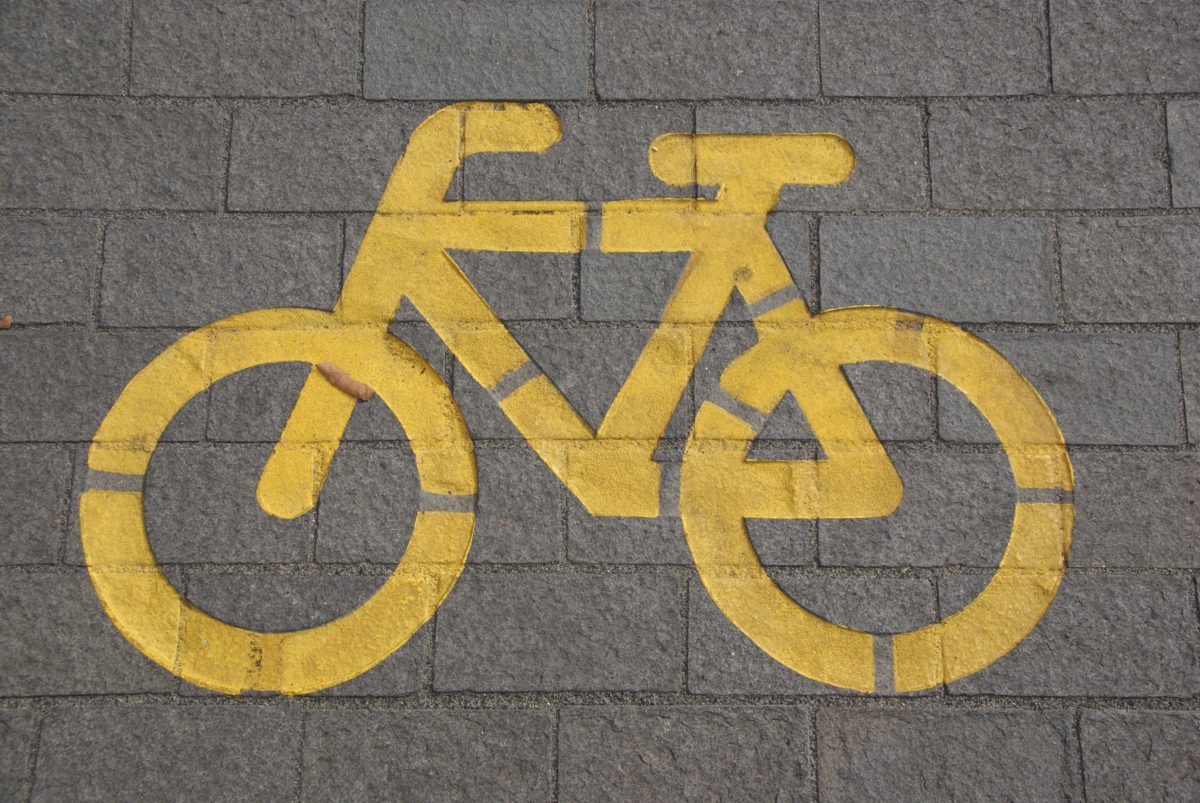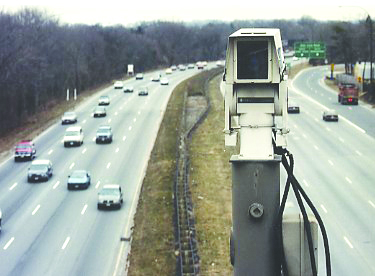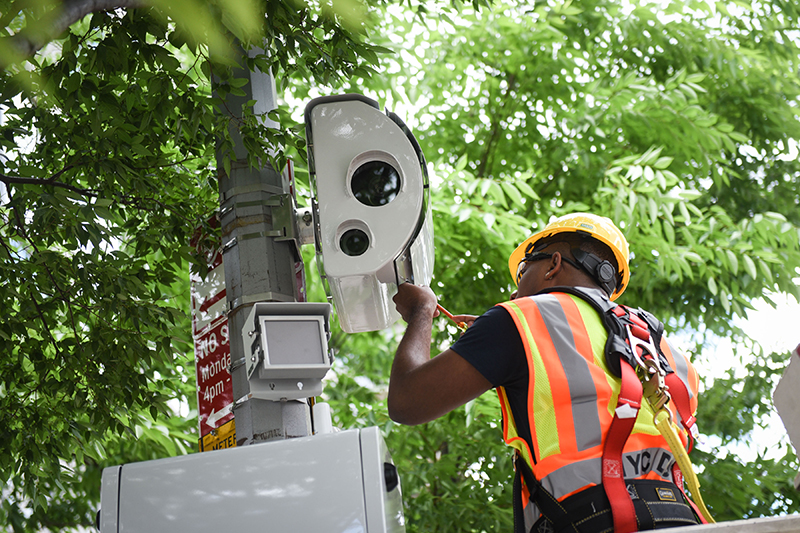Opinion: Just heard about Citi Bike? Don’t complain.
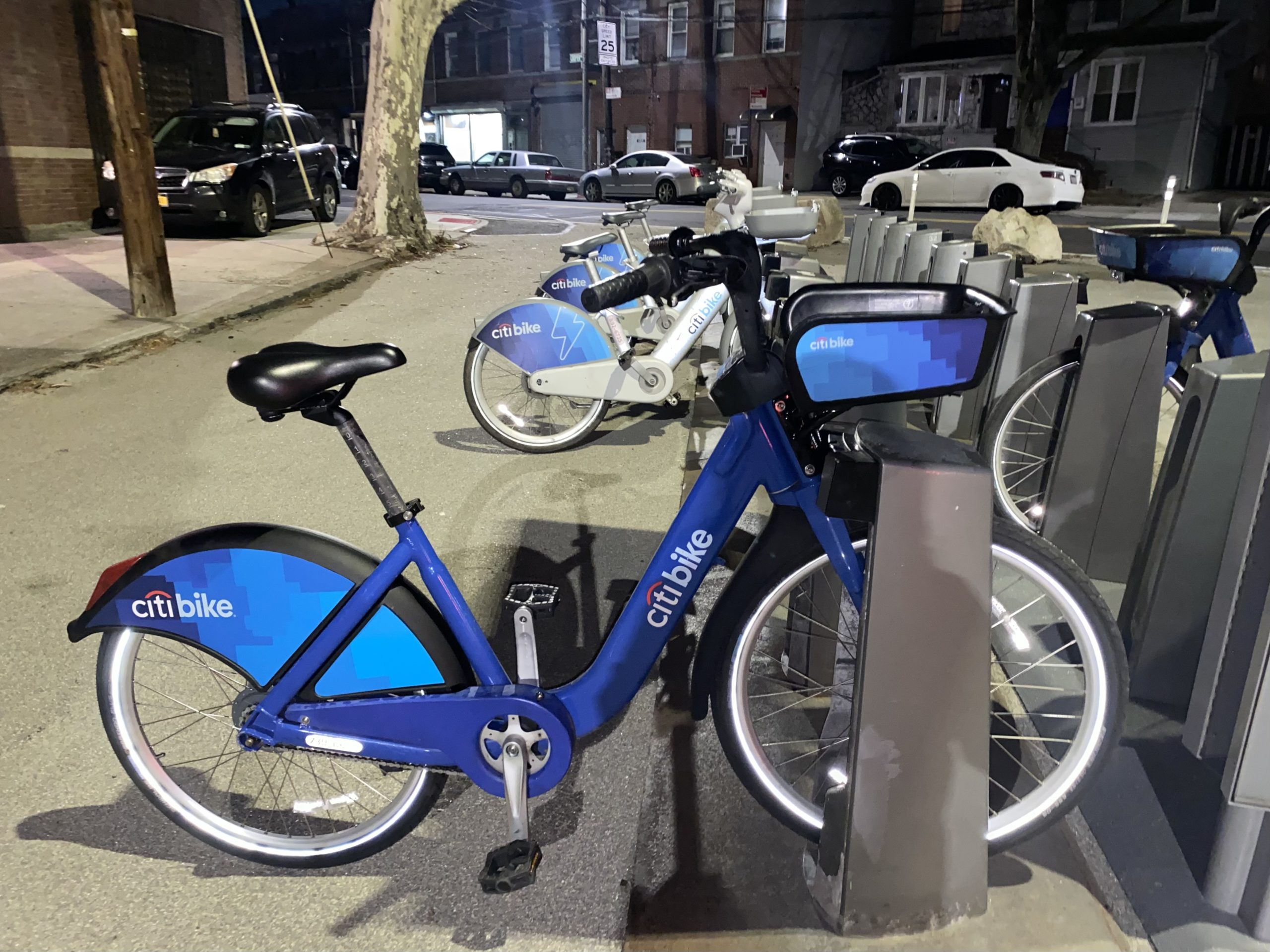
A Citi Bike docking station in Glendale.
It’s now February, and as promised, more Citi Bike stations are creeping into the streets of Queens.
But somehow despite Community Boards discussing the topic at every meeting, civic associations fighting against the DOT’s original rollout plan and local reporters screaming into the void for a year, the normies are only just finding out about it.
Our question to them is: Have you been living under a rock?
In District 5 of Queens, for example, Citi Bikes are a hot button issue given that the communities of Ridgewood, Maspeth, Middle Village and Glendale fit the bill for being “transit deserts.” Additionally, NYC Economic Development Corporation produced a chart based on Census data, which shows that well over 60 percent of households in District 5 own cars.
Since the release of the DOT’s initial Citi Bike draft plan around this time last year, many longtime community residents have been angry and confused about the commercial enterprise coming to their neighborhood.
This is especially due to the fact that many of the Citi Bike docking stations were placed in roadbeds – where up to three parking spaces per station will be surrendered – as opposed to on sidewalks.
Elected officials, including Councilman Robert Holden and members of Community Board 5, have expressed their dismay with the DOT’s lack of transparency, since it neglected to present its Citi Bike draft plan for CB5 to vote on.
Juniper Park Civic Association released two reasonably feasible counter proposals in response to the DOT’s plan, where the group advocated for more stations to sit on sidewalks instead of in the street. CB5 also fought like hell, voting overwhelmingly in favor of submitting a letter to the DOT requesting that they be able to play an active role in the implementation of the program and the placement of these stations.
“Lyft’s Citi Bike program continues to gobble up parking spaces badly needed by hardworking New Yorkers, like a giant corporate PAC-MAN who refuses to hear the reasonable requests of middle-class neighborhoods in favor of the fanatical anti-car movement and a corporation with a vested interest in getting New Yorkers to give up owning cars,” Holden said in a statement back in July. “One of the great things about living in New York City, particularly in Queens, is that every neighborhood has its own character. The Queens DOT denies this unique diversity by forcing a one-size fits all approach to bike stations across the city.
In order to prevent this menace to our community, we needed to come together as a massive unit of residents and reach out to the powers that be. People who were angry and concerned about this stark loss of parking and ostracization of disabled and elderly folks who cannot use these bikes, needed to open their mouths – BEFORE, not after they’ve been fully implemented.
You’ll be hard pressed to get these things taken down by the DOT once they’re up.
Our newspaper and several other hyperlocal papers worked diligently to inform readers about this addition to the community through many meticulously reported updates and articles. We call on real New Yorkers to stay informed on what’s going on around them by supporting local journalism and using their voice to advocate for their best interests.
Once all the hipsters are over living in NYC for the aesthetic and head back to the Midwest to settle down, they will not take the bikes with them. We’ll be stuck living with it. Don’t let it happen again when the next big thing plagues our neighborhoods.



